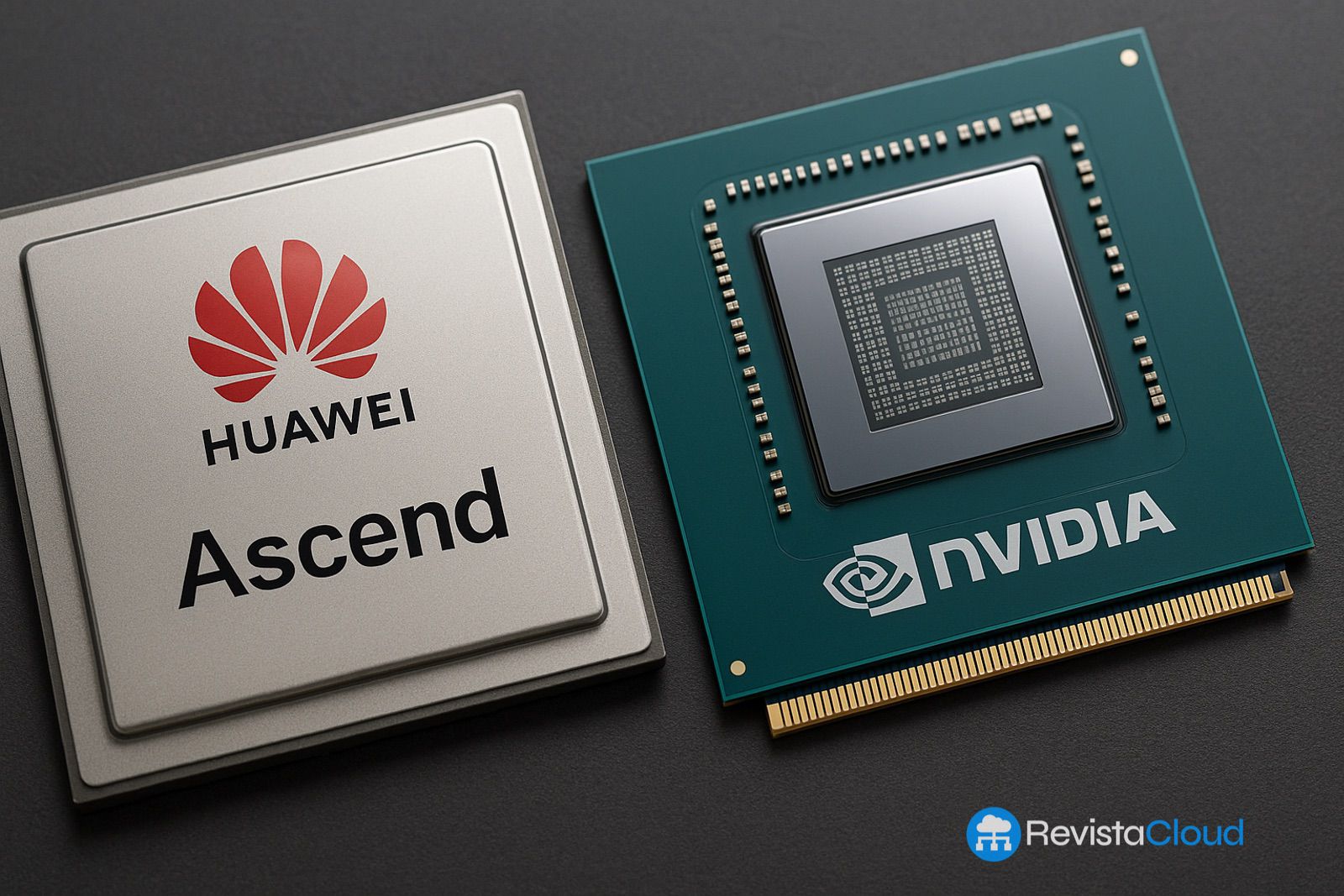Huawei is preparing a strategic shift in its artificial intelligence (AI) chip design, aiming to increase its market share in China, where NVIDIA continues to dominate GPU demand despite US sanctions. According to a report by The Information, the Chinese company plans to gradually move away from application-specific integrated circuits (ASICs) and transition toward general-purpose chips. This move seeks to address technological restrictions and boost its competitiveness.
The change is driven, among other reasons, by the limited success of its CANN programming language, which has yet to establish itself as a viable alternative to CUDA, the de facto standard developed by NVIDIA. To overcome this barrier, Huawei is reportedly working on middleware software capable of translating CUDA instructions to make them compatible with its own chip architectures.
Additionally, the company intends to adopt functionalities similar to those used by NVIDIA and AMD, increasing versatility in its chips and enabling their use across multiple computing environments. This evolution would allow Huawei not only to diversify its AI processing units’ applications but also to attract major domestic clients like Alibaba and Tencent, especially in a landscape shaped by Washington’s restrictions.
Manufacturing Challenges
However, redesigning chips is only part of the challenge. Manufacturing remains a significant obstacle, as Huawei relies on Semiconductor Manufacturing International Corporation (SMIC), which is also subject to US sanctions. These restrictions prevent SMIC from accessing advanced lithography equipment, hindering its ability to produce chips with nodes smaller than 7 nanometers.
While Huawei might find partial solutions through domestic manufacturing machinery, the bottleneck in advanced production processes is expected to persist. Nevertheless, China’s domestic market needs and the increasing difficulty in acquiring high-performance chips from NVIDIA could create opportunities for the Chinese company’s products.
International Pressure and Growing Competition
Meanwhile, US authorities are reportedly considering expanding their measures to cut off other indirect channels through which China might access restricted hardware. One option under consideration is imposing sanctions on countries like Malaysia and Thailand, which have served as alternative supply routes for NVIDIA chips to China.
This tightening of restrictions could accelerate the need for China to develop its own solutions. In this context, Huawei aims to position itself as a key provider of AI hardware, with chips designed to be functional, adaptable, and compatible with existing international standards.
A New Chapter in Global Tech Competition
Huawei’s strategy demonstrates how the race for AI leadership is evolving beyond hardware design, incorporating critical elements such as software compatibility, interoperability, and adaptability in the face of geopolitical restrictions. The success of this initiative will depend not only on the technical viability of the new chips but also on their acceptance within an ecosystem still heavily reliant on foreign technologies.
In the midst of escalating technological tensions between China and the US, Huawei’s efforts stand out as one of the most ambitious moves to establish a viable national alternative to NVIDIA’s dominance in the realm of artificial intelligence.
via: wccftech

